When I was growing up, the world was analog. Children could take apart clocks and actually see how the gears fit together to move the hands on the clock face. Today so much is hidden. I think it is so important for students to explore and experiment to create things both to better understand their world and to discover the possibilities of creating.
A movement has started called The Maker Movement. It encourages people to make things, particularly with technology. It stems from the “Do it Yourself” (DIY) mentality. People create with old technologies such as metalworking or newer technologies, which may include programming, electronics, robotics and more. It may even include cooking! Out of this movement has come Maker Faires where people share their productions as well as their technical expertise. It is both a showcase and an opportunity for peer to peer learning. A Mini Maker Faire was held last August in Montreal.
Dale Dougherty, the founder of MAKE talks about the Maker Movement as being about instilling a lifetime love of learning and giving people the passion to tinker. He speaks eloquently about the importance of engaging kids in playing with technology. He talks about education being “more than what we can absorb…. It’s more about what you can do.” I have long been a proponent of learning by doing – creating, tinkering, experimenting.
How can we bring this into schools? And why should we? A makerspace allows for creativity, for trying and failing and finding new solutions. Some in the maker movement don’t use the word failure – rather “oops” or “whoops” Students are too used to seeing failure as an end rather than as an opportunity to learn. A makerspace is a place for collaboration, learning from each other and experimenting. Learning happens peer to peer, teacher to student, student to teacher and online.
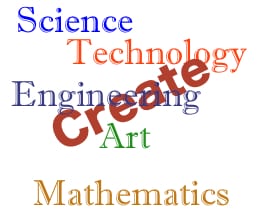 Making is about much more than producing something. It is about trial and error, learning as you go, experimenting, and trying new strategies when one doesn’t produce the desired outcome. It is about debugging – examining the oops moments and coming up with new solutions. When students set their own ways of solving problems, of approaching a challenge, they blur the lines between disciplines. I know, when I was teaching, I had students create games using Microworlds. The artistic ones made games of great beauty while those more into programming included more complex games maneuvers.
Making is about much more than producing something. It is about trial and error, learning as you go, experimenting, and trying new strategies when one doesn’t produce the desired outcome. It is about debugging – examining the oops moments and coming up with new solutions. When students set their own ways of solving problems, of approaching a challenge, they blur the lines between disciplines. I know, when I was teaching, I had students create games using Microworlds. The artistic ones made games of great beauty while those more into programming included more complex games maneuvers.
I had the opportunity to interview Andrew Carle whose job title is Director of Maker Education at Flint Hill School in northern Virginia. He has started a makerspace in his school You can listen to the interview here:
He spoke about students following their interests, about setting problems with multiple possible solutions, of students working together without being assigned specific roles. He talked about design thinking and the kinds of challenges he gives his students to encourage solving problems with the materials on hand.
Andrew is happy to share and exchange ideas.
He blogs at: http://tieandjeans.wordpress.com
Twitter: @tieandjeans
Makerspaces are places where students can develop their passions, pique their curiosity and explore their wonderings. They encourage critical thinking, reflection, creativity and problem-solving. They are the life skills written about in last week’s blog post.
Where can you learn more?
- ideas for your classroom from the Maker Camp on Google+
- Makerspace has published a downloadable playbook (pdf file) – everything you need to know to set up a makerspace in your school
- interesting article by Audrey Watters – Top Ed-Tech Trends of 2012: The Maker Movement
or check out some links I have saved in diigo – some are for kits that were mentioned in Andrew’s interview, others are articles.


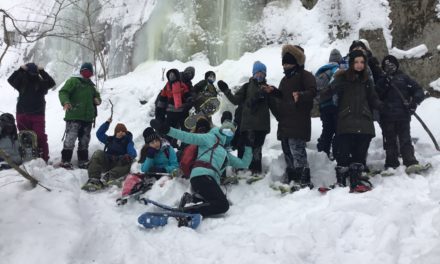
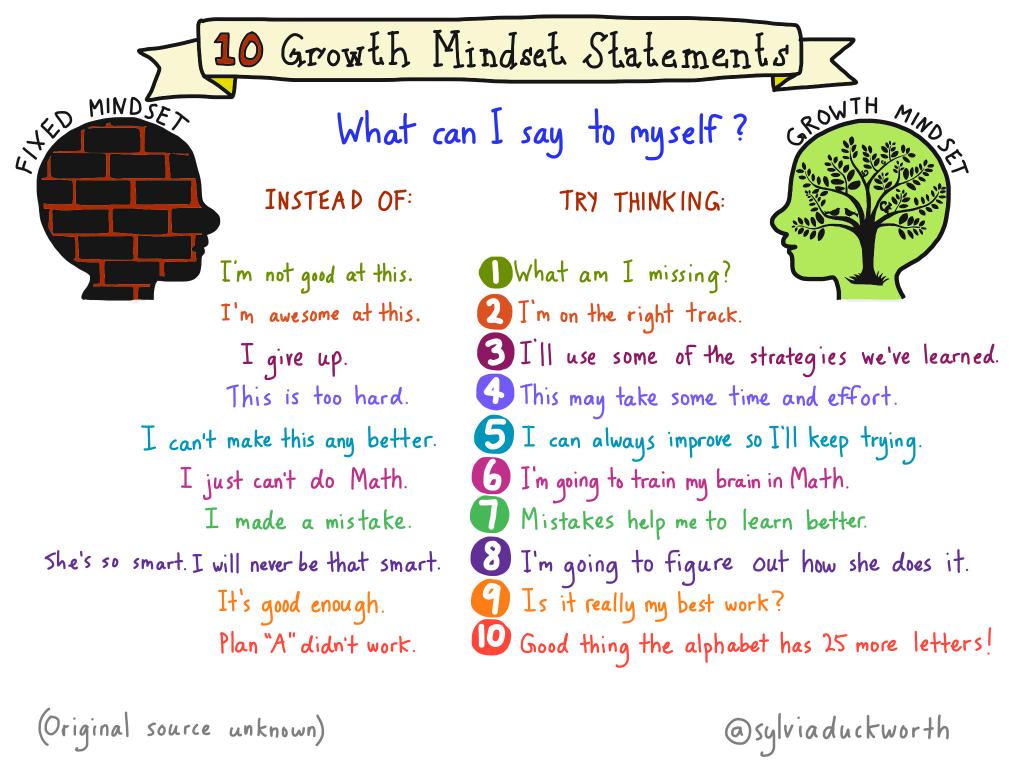
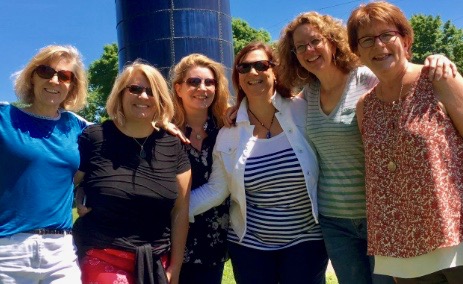
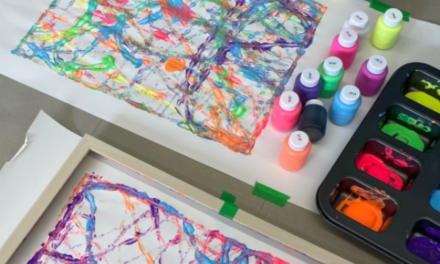
Hi Susan,
What a great interview with Andrew Carle! So interesting how the time-tested philosophy of “learning by doing” is not more widely practiced in our schools. Loved his insight into the whole notion of “failure” and how to scaffold those more difficult learning oppotunities into student challenges.
It seems that boys, in particular, need this kind of thing. It is great for everyone it but it seems that restless boys (or girls for that matter) stand to benefit even more. My friend, a therapist, tells me that to get boys to reflect and talk about things they usually need to be building (with leggo, for example), playing games (chess, for example) or moving (walking, playing catch, for example). David Sousa, who is an expert on learning and the brain, also talks about boys needing to be moving to do their best thinking. The idea of “doing and making things” makes sense at so many scientific and pedagogical levels.